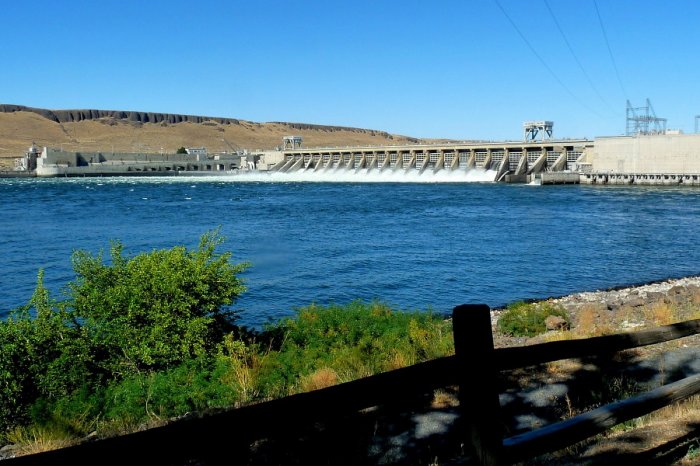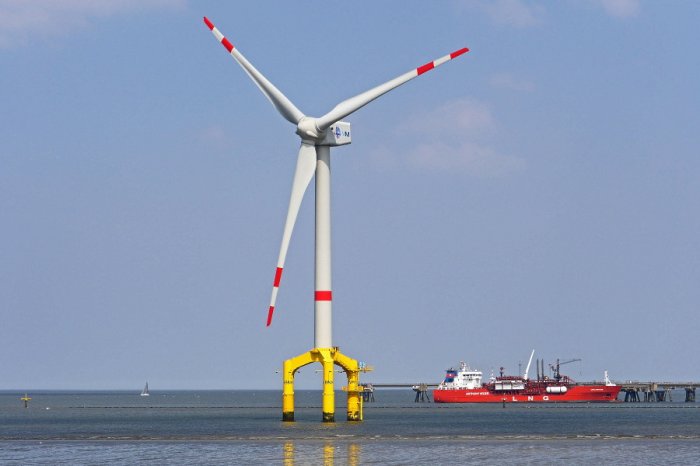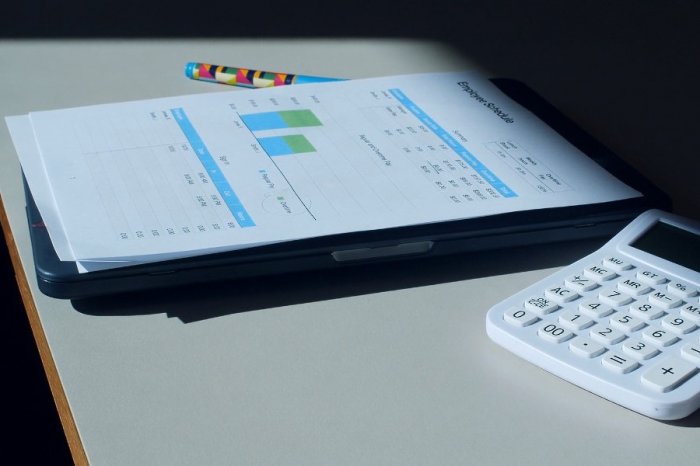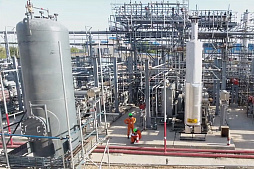Stand-by Letter of Credit (SBLC) for business financing and lending
Skywalk Investment Group offers:
• Investment financing from $ /€ 5 million or equivalent and more
• Minimizing the contribution of the project promoter
• Investment loan term up to 20 years
• Credit guarantees
The reason for the popularity of Stand-by Letters of Credit among American companies lies in the local financial system, where for several decades SBLC has successfully replaced bank guarantees in certain types of transactions.
For a long time, this financial instrument remained in demand mainly in commercial transactions with the participation of companies from the United States.
However, in recent years, the use of SBLC has become more common practice around the world.
Skywalk Investment Group, a finance company with international experience, offers a full range of Stand-by Letter of Credit (SBLC) financing services, including loans for business.
Our finance team has accumulated rich experience in financing projects in the energy, oil and gas sector, heavy industry, agriculture, real estate, tourism and other industries. Together with reputable financial partners in Spain and abroad, we are ready to provide SBLC financing for your business.
Funding with Stand-by Letters of Credit provides a higher level of reliability compared to traditional guarantees based on complex and uncertain legislation.
For example, an SBLC can protect the owner of a large construction project from default, delay or improper performance by a contractor.
The latter can also use a similar tool to protect a business from default by subcontractors.
SBLCs can be used to ensure the operation and maintenance of facilities, guarantee the execution of trade transactions (sometimes in addition to traditional letters of credit), joint issuance of securities, reinsurance, securing mergers and acquisitions of companies and other operations.
Bank letters of credit: essence and practical application
A bank letter of credit is a financial instrument used to secure the execution of commercial contracts (for example, financing large projects and supplying goods abroad).Its purpose is to guarantee payment to the beneficiary who has fulfilled the contract for the supply of the ordered goods, although the letter of credit gives advantages to both parties to the contract.
Documentary credit and Stand-by Letter of Credit (hereinafter "letter of credit") refer to an agreement according to which the issuing bank, acting on the instructions of the applicant, performs the following actions:
• Making a payment to a third party (beneficiary); payment or acceptance of bills of exchange that were issued by the beneficiary; transfer of the right to carry out similar operations to another bank.
• Granting to another bank the right to negotiate on the relevant documents, when all the conditions of the letter of credit are met.
The use of letters of credit to secure contracts is recommended with both new and existing contractors.
Payment guarantees are often associated with additional fees, but ensuring that financial commitments are met on time, especially for high-value contracts, outweighs these additional costs in most cases.
Basically, any letter of credit means the bank's obligation to pay the beneficiary a certain amount within a certain period. The bank acts at the request of the client. Payment of funds occurs only if the conditions specified in the letter of credit are fulfilled (provision of a package of documents).
How does a letter of credit work?
Stand-by Letter of Credit and any other type of bank letter of credit include four main parties, the role of which is clearly defined in the terms of the transaction:• Applicant: a buyer or, for example, an importer of goods.
• Beneficiary: a seller or, for example, an exporter of goods and services.
• Opening bank or issuing bank: the financial institution that the originator instructs to open the corresponding letter of credit.
• Nominated bank: a financial institution tasked with making payments under the letter of credit on agreed terms.
The so-called advising bank (officially notifies the beneficiary of the opening of the letter of credit), the confirming bank (confirms the obligation to make payments under the letter of credit), the transferring bank (transfers the transferable letter of credit) can participate in the letter of credit financing schemes.
The L / C mechanism includes the following mandatory steps:
• Order on opening a letter of credit by the applicant in the issuing bank.
• Transfer of the contents of the letter of credit by the issuing bank to the intermediary bank.
• Advising the letter of credit by the intermediary bank to the beneficiary.
• Submission of the agreed documents by the beneficiary to the intermediary bank.
• Verification of the submitted documents by the intermediary bank and their transfer to the issuing bank for the subsequent fulfillment of the assumed obligations.
• After receiving the documents, the issuing bank transfers them to the ordering party and makes the payment to the beneficiary.

To pay the funds specified in the letter of credit, the beneficiary must provide pre-agreed documents confirming the fulfillment or non-fulfillment of the contract concluded with the buyer.
The L / C mechanism described above is one of the most commonly used documentary letters of credit.
A description of the documents that the beneficiary must submit to request a payment should be included in the terms of the particular letter of credit. The obligation of the bank that has opened SBLC or other letter of credit is to pay a certain amount of money on time.
This obligation occurs immediately after the submission by the beneficiary of documents that meet the agreed conditions.
How much does a letter of credit cost?
The costs of using a letter of credit depend on the proposal of a particular bank.This solution is a good guarantee of security for both parties, but at the same time, L / C can be a rather expensive financial instrument.
The cost of this instrument can be indicated by the bank both as a percentage of the value of the letter of credit, and as a fixed fee for the provided financial services.
The bank may charge companies for the following activities:
• Opening of a letter of credit (eg 0.25%).
• Confirmation of a foreign letter of credit.
• Advising a foreign letter of credit to the beneficiary.
• Verification of documents (about 0.2%).
• Increase in payment under the letter of credit at the request of the parties.
• Changes to other terms and conditions of the letter of credit.
• Payment by letter of credit (usually at least 0.1%).
• Other banking services.
Depending on the type of activity and the specific proposals of the bank that performs it, both the applicant and the beneficiary can pay for the services.
Modern classification of letters of credit
The classification of letters of credit can be based on various criteria, such as the ability to revoke, the method of payment, the role of the bank in the transaction, and so on.You can list several types of letters of credit, taking into account the listed criteria.
An important criterion is the cash collateral when opening a letter of credit. This collateral guarantees the fulfillment of the client's obligations to the financial institution in full. But the share of secured letters of credit is small. As a rule, companies open unsecured letters of credit, which carries a significant risk for banks and requires a comprehensive analysis of each client.
The practice of providing cash collateral for letters of credit has not become widespread in a market economy for an obvious reason. Most companies do not consider it possible to "freeze" significant funds in the bank to receive paid services.
Another classification criterion is the ability to revoke letters of credit.
A revocable letter of credit can be canceled and changed by the issuing bank at any time without notifying the beneficiary (for example, failure to comply with the terms of the agreement).
This does not create any obligation of the issuing bank to the beneficiary company.
An irrevocable letter of credit can be canceled or changed only with the consent of the beneficiary in whose favor it was opened. In fact, this is the obligation of the issuing bank to pay funds in accordance with the terms of the letter of credit when the specified documents are submitted to the bank.
Stand-by Letters of Credit (SBLC) refers to irrevocable letters of credit.
Letters of credit open up a wide range of commercial opportunities in trade, as they simplify business conditions and provide additional guarantees to both parties. Each letter of credit contains clear conditions (for example, deferred payment or immediate payment). The classification of these instruments according to the way of use is shown in the table below.
Table: Classification of letters of credit.
| Type | Description |
| Stand-by letter of credit | The use of various instruments is similar to the bank guarantee. |
| Revolving letter of credit | The use of L / C in the form of shares that are constantly renewed. |
| Transferable L / C | Use of a letter of credit by several beneficiaries to secure trade deals. |
| Assignment of proceeds under a letter of credit | Assignment of proceeds by an intermediary to a supplier through a L / C. |

There are also other types of letters of credit, depending on the design of the financial instrument, adapted to the specific needs of the business.
This classification is constantly being improved.
What is the difference between SBLC and documentary credit?
Traditionally, documentary letters of credit are used to pay for a contract in case of proper fulfillment of obligations.On the other hand, SBLC is used to pay compensation in the event of non-compliance with obligations under the contract between the beneficiary and the applicant.
This is an important instrument that can be used to minimize risks both in the joint implementation of capital-intensive projects and in operations for the export or import of goods (services). Stand-by Letter of Credit provides protection against various types of risks at any stage of the transaction.
SBLC means the obligation of the bank to pay the amount of the letter of credit at the first request of the beneficiary when the other party fails to fulfill the obligation.
This may be a situation when the company does not pay for the delivered product or service within the agreed time frame.
Consequently, SBLC also has the character of a bank guarantee.
Like BG, Stand-by Letter of Credit is intended to enforce contractual obligations and cannot be used for payment purposes.
The difference between a documentary credit and an SBLC lies in the role of the bank in these transactions. In the case of documentary credit, the bank is involved in settlements between companies. After the opening of the Stand-by Letter of Credit, the issuing bank is passively awaiting a possible application from the beneficiary, since in this case the settlement is made directly between the importer and the exporter.
Only in the event that the importer does not fulfill his obligations under the contract, the exporter, who has the security in the form of Stand-by Letter of Credit, can apply to the bank with a demand for payment.
The company must provide the necessary documents to confirm the importer's refusal to pay for the goods or services.
SBLCs can be opened by a bank in strict accordance with Uniform Customs & Practice for Documentary Credits (UCP 600) and International Stand-by Letter of Credit Practice (ISP 98).
Stand-by Letter of Credit (SBLC) or bank guarantees?
Above, we mentioned the similarities between SBLC and traditional bank guarantees (BG).Indeed, both tools are designed to ensure the security of commercial transactions and protect the interests of business partners.
Both of them will act only when certain conditions are met, preventing payments from being made if contractual obligations are not properly fulfilled.
SBLC and bank guarantees are used only by banking institutions that operate under strict standards. Security in both cases is guaranteed by the requirement to submit to the bank a specified package of documents, which are carefully checked before payment.
On the other hand, a Stand-by Letter of Credit differs from a bank guarantee by the rules and standards of use. While letters of credit are based on a single set of UCP 600 rules, bank guarantees can vary significantly in application and terms.
However, SBLC can be said to be safer tools because the extensive documentation package protects stakeholders better.

From the scientific point of vie, bank guarantees refer to full-fledged financial instruments with wider functionality for practical implementation in comparison with L / C. SBLC has a narrower and more targeted application.
Finally, Stand-by Letters of Credit can be used to transfer funds in order to optimize settlements between parties.
BGs cannot be used in this role, which makes it less preferable in some cases.
Benefits of financing a business using a Stand-by Letter of Credit
The greatest business benefit comes from using SBLCs in high-risk commercial transactions and projects.For example, in cases where it is difficult for the customer to carry out an in-depth audit of the contractor company or there are high risks regarding the level of its financial liquidity and the possibility of fulfilling the contract.
Bank letters of credit are widely used to guarantee the safety of transactions with new companies or in the implementation of large projects where the scale of investment requires special precautions.
The benefits of using a letter of credit include the following:
• Guarantee of timely and high-quality fulfillment of obligations under the contract.
• Payments are tied to the presentation of a specific package of contract documents.
• Negotiation of the terms of the contract based on reliable security measures.
SBLC gives the beneficiary a guarantee of the timely transfer of funds after the execution of the contract and the delivery of the necessary documents to the bank.
This instrument reduces the risk of default and almost completely of the party that ordered the opening of the letter of credit.
If you are interested in Stand-by Letter of Credit (SBLC) financing or other banking instruments, please contact the Skywalk Investment Group team for details.




















